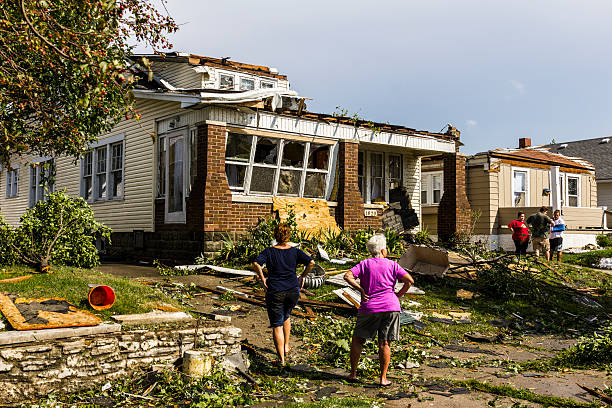Disaster Cleanup – How to Make it Easier and Less Stressful
by siteadmin

If you're dealing with the aftermath of a disaster, it can be overwhelming to try and figure out how to get your life back on track. But the good news is that there are plenty of steps you can take to make recovery simpler and less stressful.
Start by finding out what support and assistance is available in your vicinity. Local emergency services, councils and support organizations can offer advice and assistance. They may be able to provide emergency shelter, food, water and other essential supplies.
Prepare yourself to begin working on a cleaning plan for your home and property. Doing so will enable you to manage the job more effectively and reduce stress during the cleanup process.
Take photos and save them for your insurance company to document damage before beginning clean-up. This way, they can view the extent of the harm and give you a more accurate estimate.
Notify your insurance provider of the clean-up project so they can send an assessor out to inspect the damaged property and give you an accurate assessment of what needs to be done.
Make sure your insurance policy covers damage caused by flood or storm water, so that you can start the clean-up process without having to pay out of pocket as required by your insurer.
Use protective equipment like DuPont Tyvek coveralls and containment poles to shield yourself while working on a cleanup project. These items are engineered with low-static material to block airborne particles while being breathable and comfortable for you to wear during the work.
Items that have become contaminated during the cleanup process, such as toys, should be washed and disinfected with soap and water before wiping them off with a disinfectant such as bleach.
After flooding or being exposed to water and debris, clean all areas in your house that were affected – floors, walls, ceilings, cabinets, countertops and appliances. Scrub these with hot water and soap or detergent before disinfecting with bleach or another commercial disinfectant.
Don't leave a clean-up area unattended for more than 48 hours; this will help to prevent mold growth and the deterioration of materials.
Be sure to promptly discard all trash and other contaminated materials. Neglecting this task could pose health risks for yourself and your family.
Furthermore, if you have children, be sure to remove all toxic materials from your home before they can open or touch them. This includes toys, medicine, cleaning products and other items which could contaminate their bodies or the environment.
Regaining your normal routine after a disaster is essential for healing. Create an organized schedule that will allow you to feel productive again, but remember to take things slow.
Talking with loved ones, friends and coworkers about your emotions during a natural disaster is essential. Surrounding yourself with positive people will help you navigate the difficult emotions that come along with such a catastrophe.
If you're dealing with the aftermath of a disaster, it can be overwhelming to try and figure out how to get your life back on track. But the good news is that there are plenty of steps you can take to make recovery simpler and less stressful. Start by finding out what support and assistance…
Recent Posts
- Transforming Smiles: Boca Dental and Braces Introduces Revolutionary Veneers in Las Vegas
- Mighty Metal Inc.: Unveils Revolutionary Steel Pergolas in St. George, Redefining Outdoor Elegance
- Embracing Elegance and Expertise: I AM Salon in St. George
- Elevating Your Utah County Lawn with Expert Lawn Care and Sprinkler Repair
- Crafting Excellence in Pergolas for Utah
